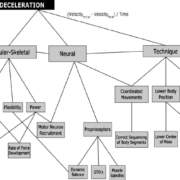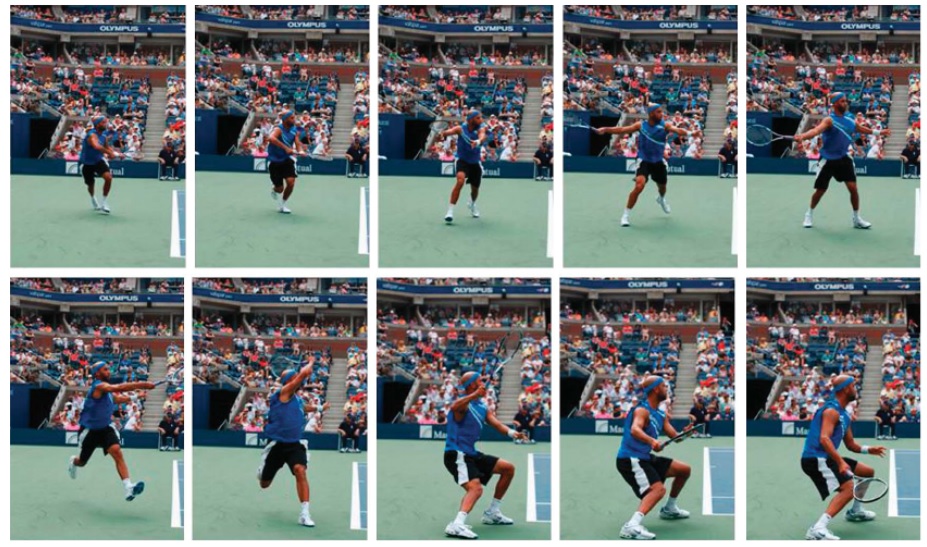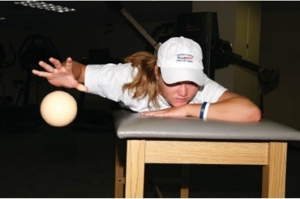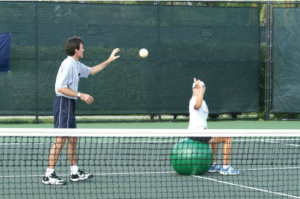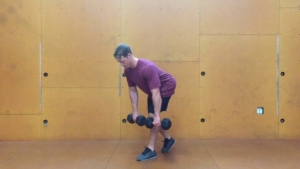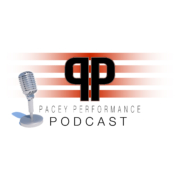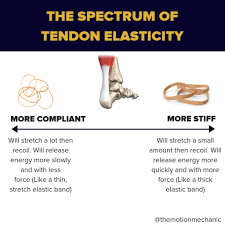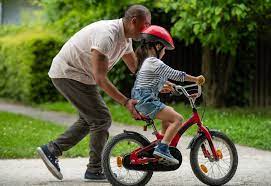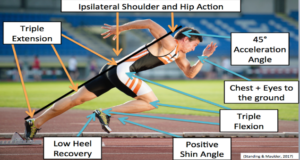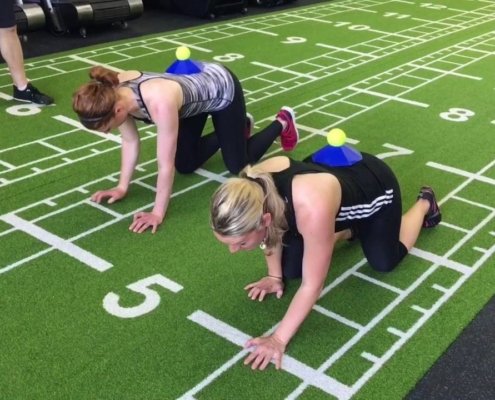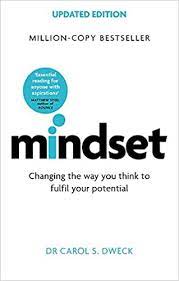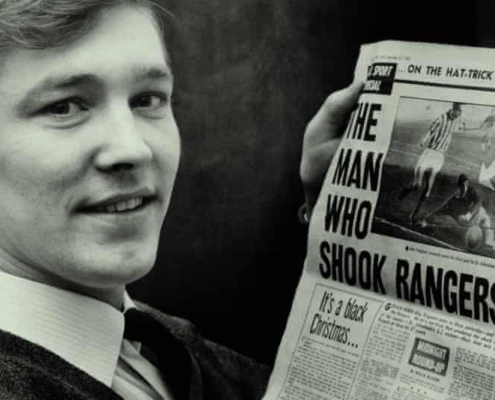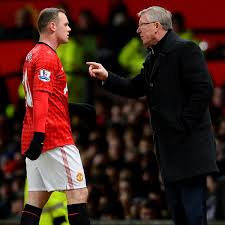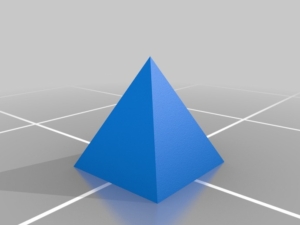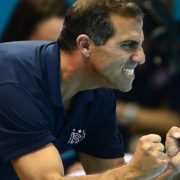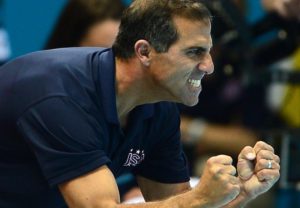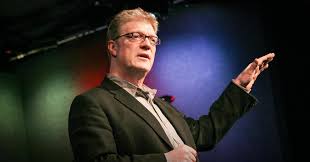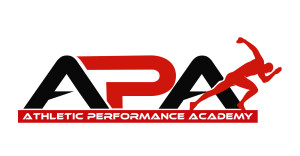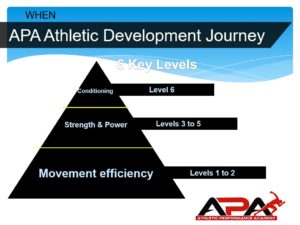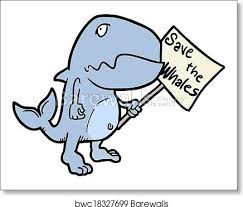This blog is a review of the Pacey Performance Podcast Episode 348 – Keith Baar
Keith Baar
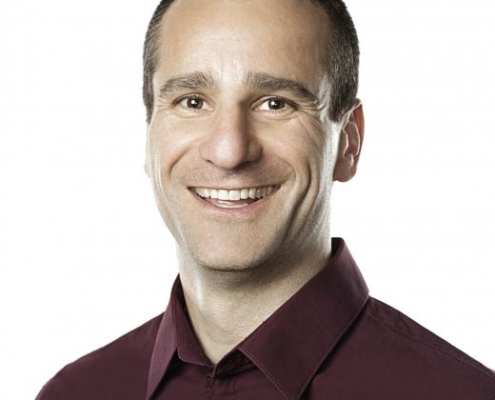
Research Gate
Background:
Keith Baar
Keith is a Professor in the Department of Physiology and Membrane Biology at the University of California Davis, and Head of the Functional Molecular Biology Lab. The goal of the laboratory is to understand the molecular determinants of musculoskeletal development and the role of exercise in improving health and performance.
Keith completed his PhD at the University of Illinois looking at the mammalian target of rapamycin complex 1 (mTORC1) in the maintenance of muscle mass.
Daz comment – here is quick overview on the role of the tendon and the process of remodeling, before we dive into Keith’s podcast talk with Pacey Performance.
- Tendons have the ability to store and release energy like a spring, and to be stiff with standing loading. These attributes allow efficient running and jumping.
- Tendons need tension to adapt and cartilage need compression.
- When a tendon is loaded appropriately it adapts by strengthening, and becomes stronger by increasing ‘stiffness‘, NOT by becoming thicker.
- It is also possible to relatively unload a tendon, either when returning from injury or in the case of athletes who vary from being relatively unloaded, having appropriate load, to excessive unloaded.
- The unloaded tendon becomes stress shielded, whereby the superficial portion of tendon bares too much load and the deep portion too little.
- The stress shielded tendon under normal or even excessive load can become reactive. The reactive tendon will try to ‘thicken‘ to reduce stress.
Taken from Andrew Walker, Physical Therapist. You can see the full video later on in the blog
Isometric training for train the tendon, where’s your head up with that?
”So the first thing is anytime you load the tendon, isometric, eccentric, concentric muscle work, the tendon gets the same signal if the tendon is happy. If it’s a healthy tendon, it doesn’t matter how you train it. The muscle, the genetic response varies based on the type of load, the tendon it doesn’t vary. So all that means is that you could do any of them on a healthy tendon. And so that’s the important thing. If your tendon is perfectly healthy, no problems at all, you can train however you want. You can do lots of ballistic movements. You can do whatever, whatever isometric, eccentric, concentric movements you want.
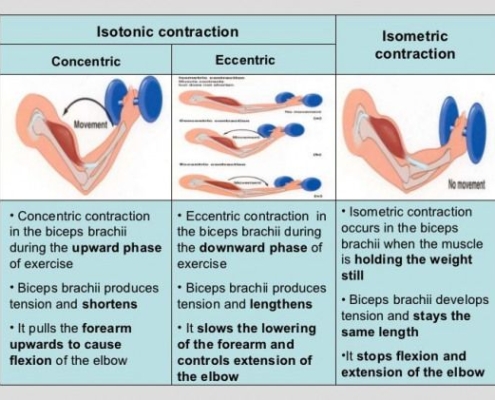
The difference appears when you get some sort of injury to the tendon because when you have an injury to the tendon, now what you get is that section of the tendon doesn’t get loaded when we do normal dynamic loading. We have a paper that should be coming out in the next little bit where my PhD student Danielle has put a biopsy punch to put a hole in the middle of a rat patellar tendon. So right in the middle, just like you would see in a lot of, kind of chronic patellar tendinopathy, it’s a central cord tendon injury right up near the patella. And then what she’s done is we’ve waited 15 days for that to form this tendinopathic tissue. And interestingly, the genes that we see expressed in that tendinopathic tissue are the exact same ones that we see in human tendinopathic tendons. So the rat tendon is modeling that human tendinopathy.
Isometric vs. Dynamic Muscle Contractions for Tendon re-modelling
When we then do either four isometric loads, and these are overcoming isometrics that are held for 30 seconds. So they’re very long isometrics with two minutes of rest in between, or we do the exact same time under tension matched and length of time of loading matched using dynamic movements. So they’re one third of a second and we give one third of a second dynamic contractions to the muscle or to the tendon. When we take out that tendon, we look at the genes that are expressed…………
The one that did the isometric loading has the expression of tendon.
So we see tendon specific markers go up. We see collagen Type 1 go up. In the one that had the dynamic contractions on it, so it’s dynamically loaded and it’s a central core tendinopathy, we actually see genes going up that are more similar to what you would see in fibre cartilage (compression like genes); because as you pull it really quickly, what we get is we get stress shielding around the injured area.
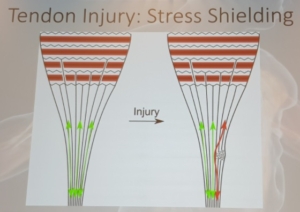
Figure – Stress shielding key concept to understand why partial damage to the injured tendon can prevent rupture. How do you get load through the area though? Tension (not compression which creates cartilage).
We get that stress shielding, because the tendon it’s what we call an ISO-volumetric tissue. That means as I stretch it, I’ve made it longer. So in order to make it longer and keep the same volume, it has to get skinnier. So as I pull it up, if there’s a hole in the middle, the sides are then compressing the middle. And if there’s no tensional load, because it’s been disconnected from the tension above and below, now you’ve only got a compressive force. You’d no longer have a tensional force. So the reason that isometrics become important in that situation is because as I pull and I hold at that longer, skinnier length, what’s happening is the sides of the tendon where it’s still healthy are relaxing, just like we said, with creep or with stress relaxation.
And now what happens is the whole tendon becomes less stiff because I’m holding it there and there’s a decrease in the tension within the tendon. And as it becomes less stiff, I actually get tensional load through the injured area of the tissue. And when it feels that tensional load, now it knows, oh, I should be a tendon and I should express these genes and it starts making those genes. But when we just dynamically load and we do these faster movements, we don’t see that. And so that’s when it becomes important to use isometrics for a tendon. You can use, and I know track athletes who use what they call isometrics for very short, like 0.2 second isometrics, where they’re just going to go up as hard as they can hold it and drop. For me that, that doesn’t really count as an isometric because yes, the joint hasn’t necessarily changed its length, but the muscle has shortened because it’s taken up the tension within the tendon.
So there’s beautiful work out of the University of Calgary that shows that if you do an isometric load, which means that you keep the joint at the same angle, the muscle is shortening, the tendon is lengthened. And that makes sense to most of us because yeah, you can see if I go and I isometrically load my bicep, my bicep becomes bigger. That’s what a bodybuilder does. Isometric and they flex their biceps. Well, if it’s happening that way, that means that the muscle is shortening, even though the elbow joints in our bodybuilder example, isn’t shortening. So you’ve got a shortening of the muscles. So it’s, the muscle is still contracting concentrically, but the joint isn’t changing. So the really short isometrics as people call them, aren’t necessarily isometrics in the way that we’re thinking of muscle and tendon.
Long isometrics to induce stress relaxation of tendons
What I’m thinking of when I say isometrics are long isometrics, and I use them as a way to induce what’s called stress relaxation, which is basically as you pull on the tendon, the strongest parts of the tendon relax, and you see that as a decrease in the tension within the tendon. And that decrease in tension within the tendon gets to its low point around 30 seconds. So about 30 seconds of an isometric hold on a tendon, the tendon’s tension will have gone down about 45%. So that the tendon will have stretched and the tension within there has gone down a huge amount. If I go all the way up to three minutes, it won’t have gone down much more than another 5%. That’s why I use that 30 seconds.
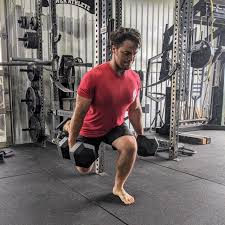
When you’re doing a 10 second isometric, you’re going to get some of that, but it’s not going to be as complete a relaxation. You can get other things that are really important. People use them to overcome, like when people have issues with where they feel like they can’t increase the weight and they’re a strength athlete, they can use isometrics as a way to kind of take advantage of the fact that we’re stronger in the isometric than we are in the concentric. And now we can slowly overcome and build through stopping points within our progression. So people can use them for a whole bunch of other things, but for the tendon component, we’re using it for that stress relaxation at that 30 second time point.
What does overcoming mean in terms of an example of an exercise and what alternatives are there to overcoming?
Overcoming isometrics
”Perfect, so what a lot of people do is the classic leg extension machine, which I know people, those are the machines that people have to go and find them on eBay because nobody’s used them in 40 years. But a lot of people just take it, put the weight at the bottom, kick out as hard as they can, and basically hold it for 30 seconds. What I tend to do is I tend to give people a yoga strap. I gave them a handheld dynamometer (there are some that are sold from San Diego that are like a hundred bucks). So it’s a really good tool because basically now I can have you kick out against that yoga strap onto that handheld dynamometer, it’ll go to your phone and it’ll show you how hard you’re pushing for 30 seconds and it’ll time you for 30 seconds and you just keep it that way. Or you can do like a hamstring curl. And all it is, is that you’re in a position, you are trying to overcome the weight and you’re not, and the weight is not yielding. So basically the weight is more than you could lift. And as a result, an overcoming isometric is you’re always trying to overcome the weight, but it’s never possible, you’re not strong enough to do it. And usually you do it from the longest position of the muscle, so from the greatest muscle length.
So if you’re thinking of a hamstring curl, it’s a straight leg position where you’re about to pull in. If you’re doing a leg extension, the knee is at 70 ish percent and you’re trying to push it out as hard as you can. And so that’s the overcoming isometric.
Yielding isometrics
The yielding isometric what we’ll do with this one is we’ll push up a weight on leg press with two feet, and it’s a weight that you can lift with two, but you can’t lift with one and it’s really heavy for one. And then you take away one and you’re just trying to hold it there and you’re not trying to yield.
Technique: Low Jerk isometric
Okay, so you’re basically, like with most of our isometrics when we’re trying to get tendon and muscle working optimally is that we found that if you can get to high force without a lot of jerk, which means that you’re not moving the weight abruptly. So when you’re doing an overcoming isometric, you don’t kick out as hard as you can immediately. What you’re going to do is you’re going to develop force over about a two second period where you’re slowly raising force. You’re going to hold that maximum force and you’re going to let it off easily.
If you’re doing that, that’s what we call a low jerk isometric and that’s really what we’re looking for isometrics. We want them to be in a long muscle length because it seems like, and again, I have a PhD student who’s going to specifically look at what the muscle length should be during these isometrics for optimal tendon health, but from some of the clinical work that we’ve done, we’ve found that a longer muscle length actually has a better outcome for both the muscle and the tendon. And again, you just think of it as that’s usually where when you’re at a longer muscle length that means that the stretch on the system is going to be the greatest.”
Is there any differences in terms of adaptation and muscle tendon in the two types of isometrics that you just described?
”Nobody’s done the experiments yet, to be honest. So we’re early days with this, as far as experimentally, how these types of loads actually affect both the muscle and the tendon. The tendon, what we’re focusing on is this stress relaxation component, but it could be that there’s other things happening there because the other thing that we’re doing is we’re actually producing a very high force movement, or high force contraction with the muscle. And that’s going to stimulate the matrix of the muscle as well as the muscle to get stronger.
One of the reasons that we use heavy strength training in our training, for every single athlete that we work with, is because that heavy strength training is going to make the muscle stronger. And if you go back to the beginning, we said that injury to the muscle happens when the tendon is stiffer than the muscle is strong. So if I make the muscle stronger, now the likelihood of me getting a muscle pull is going to go down. And you saw that, you know, last year after the Champions League final, when they showed all these pictures of the guys from Bayern Munich, and they were all these big hulking people. A lot of the reasons that you’re doing strength training is to make sure that the muscle is stronger than the tendon is stiff.
You talked about fast and slow training and the benefits of both, why it include both. Would you mind just touching on that for us?
”Yeah, sure. So what we’ve got is that, as I said, a tendon is what we call a variable mechanical tissue. That means on the muscle end, it’s stretchy and on the bone end it’s stiff. And the way that we maintain that muscle and compliance is through our activity. And we know this because we did a study in rodents where we actually cut the nerve to the muscle, so the muscle couldn’t contract anymore. So that’s the same thing that would happen if you put yourself in a boot or if you had a lot of time off or you’re sitting for a long time. And then what we found is that, whereas on a normal animal, we see the muscle end of the tendon’s really compliant and the bone end’s really stiff, after we cut the nerve and we let them not be able to load it for five weeks, the muscle end of the tendon was just as stiff as the bone end of the tendon.
And so what we think is happening there is that there’s some beautiful work by Talia Voke that showed that if you look at the muscle end of the tendon, you have fewer cross-links than the bone end of the tendon. And so what we think is happening is that as you load with a heavy weight, and when we say a heavy weight, it’s not about the heavy weight, it’s about the slowness of the movement. Again, when we’re talking to athletic trainers they are always like , ”we have to do it slow lengthening contractions because that fixes tendinopathy.”. It’s not about the slow lengthening contractions, it’s about the slow. And when we do a heavy concentric work, that by definition, a heavier weight force velocity relationship means you’re doing it slower.
So we want a heavy weight for two reasons. One is it’s going to make the muscle stronger. The second reason is that it’s going to allow us to break cross-links within the muscle end of the tendon, because as you move more slowly, because it’s a viscoelastic tissue as we talked about before, that means that the collagen molecules within the tendon are going to actually slide past each other. And it might not be individual molecules. It might be fascicles because the interfascicular area’s really active within a tendon. And so a tendon has this really interesting organization where it goes from fibrils to fibres, to fascicles to the whole tendon and those fascicles can slide past each other as well as some of the fibres sliding. And when that happens, we break cross-links between the adjacent fibres, fibrils or fasicles. And as we break cross-links, the cross-links make it stiffer, so when we break them they becomes less stiff.
So we do heavy, slow training, what we’re doing is we’re getting the sliding of the collagen molecules at the muscle end of the tendon. That’s going to allow us to break cross-links at the muscle end of the tendon. That means the muscle end of the tendon is going to be a little bit stiffer. Doesn’t mean the tendon or the muscle or the muscle tendon unit is going to be less stiff because as you’re doing the heavy strength training, you’re also giving a stimulus to the matrix and the muscle that’s going to make that stiffer. So overall, if we took out the whole muscle and tendon, you might actually see an increase in stiffness, but the muscle end of the tendon’s going to decrease in stiffness just a little bit, and it’s not necessarily enough to decrease performance, but it will potentially impact that.
Now, when we do fast training, what’s happening is because it’s a viscoelastic tissue, the collagen in the tendon is stiffer. So instead of having that sliding because the collagen molecules are working like individual molecules, what you get is that as you move faster and faster, the collagen molecules work together as a sheet instead of as individual molecules. And when they’re working together as a sheet, you’re not sliding them past each other, so you’re not breaking any cross-links. When we do any type of exercise, concentric, eccentric, fast, slow doesn’t matter, you get an increase in the enzyme that makes cross-links. So when you do slow exercise, you break cross-links and then you start making new ones, but you don’t make as many as you’ve broken, so your overall stiffness over time will decrease.
When you’re doing really fast movements on a low weight, now what you’re doing is you’re not breaking cross-links during the exercise, and then you’re adding more cross-links afterwards, so over time you’re going to get stiffer. Okay. And the other thing that happens, because when we’re doing fast movements, by definition, those fast movements are against the lighter weight and that means that our muscle, if that’s the only thing it’s exposed to is going to get less strong over time. So now we’ve got a stimulus by doing these fast, fast movements where we’re increasing stiffness of the tendon, decreasing the strength of the muscle. Now we’re going to get into a point where the muscle is not as strong as the tendon is stiff and that’s when we get our muscle pulls.
That’s why when you get into the Olympics, if they happen as scheduled in a hundred or so days, when we get to the track and field in the men’s 200, 400, you’re going to see these guys pulling up with hamstring problems, pulls, because basically they’ve been trying to go as fast as possible so that they can maximize their performance for this one opportunity. And then they get a little bit tired. They over stride a little bit, they hit the ground and the muscle isn’t strong enough to stretch that tendon. And so instead of the tendon stretching, now the muscle stretches when it’s at full length and that’s when we get those hamstring pulls.
And again, it’s going to happen in the men’s because the women, because of the effects of estrogen, estrogen can directly inhibit that enzyme, which adds cross-links. That’s why they get more lax in the knee and fewer muscle pulls. So we wouldn’t expect it to happen as often in the women’s 200, 400, but we’d expect it to happen more often in the mens.”
Another thing you spoke about was the multiple hits per day. Is that something that you do in terms of encouraging people to do that? And is there a time limit or maximum time, minimum time that you’d recommend?
”Yeah, so we definitely do that when we’re coming back from injury. The research comes back to some things that we did in our little engineered ligaments, and that’s translated really nicely into the human recovery work that we’ve been doing. And so what we found was that we’ve got a minimal effective dose of loading, which means the tendon stops feeling load after about 10 minutes. So the cells, because it’s like the tendon cells, or maybe a 13 year old kid, because they’ll listen to you for a little while and then they stop listening to you entirely. And it takes them a while before they’re going to listen to you again. So they’re more like 13 year olds who still listen a little bit, 16 year old, doesn’t listen at all. So now that 13 year old is going to listen to you our tendon cells for about 10 minutes of activity. And then after that, you can continue to be active, but it’s going to not pay any attention.

So it got all the signal it is going to get from that 10 minutes. And then what we showed is it takes about six to eight hours to recover that ability to signal again. And so, yeah, you can do two bouts or three bouts a day if you’re in recovery and you’re really dead set on recovering as fast as possible. What we do is a morning session, which is five to 10 minutes of activity, and it could just be range of motion activity, where you’re just getting basic load through the tendon. We’re going to wait six to eight hours, so around noon then, we’re going to do another 10 minutes of activities, wait six to eight hours at night before bed. And all of those three bouts are going to give you that minimal effective dose, which is going to give you the signal to adapt as quickly as possible without giving you all of the extra mechanical load that comes with longer periods of training.
And then what we do is we go from those three bouts, we’re going to progressively increase the length of one of those bouts because we have to increase cardiovascular fitness and muscular fitness, so endurance capabilities. And as we do that, we’re going to keep the initial two other bouts as protective for the connective tissue and then as we progressively increase the length of that main session, what we’re going to do is we’re going to then slowly go into a two session a day period where one is a protective session for the connective tissue. The other is a session for tactical, for cardiovascular, for muscular fitness. As far as healthy individuals training, yes, you can do that as well. If your sport is really about performance, about really high intensity, really quick movements, you can do short periods of high intensity movements that are going to last a very short period of time between, you know, even just a 10 minute session is going to have enough to give you the signal that you need.
So what you could do is you can easily, say you’re a sprinter and you need to be as explosive as humanly possible. Now what you’re going to do is you’re going to do one really explosive session in the morning, 10 minutes, bang, you’re done, that’s it, we’re done. Then you’re going to come back and you can do your track work in the afternoon. It’s going to be a little bit more, but now that’s six to eight hours later, the cells are able respond again, but we’ve had two sessions instead of just one big session. And we do see that that does provide an extra stimulus for adaptation.”
The importance of nutrition. I think I found this fascinating, importance of nutrition in the return to play process based on your work and your thoughts, can you give us a bit of an overview of that?
”So there what we’ve seen is that and this again comes back to our engineered ligament work, where we noticed that when we increased the amount of proline and we increased the ascorbic acid in the media of our cells, they actually got a whole lot stronger, the ligaments did. And so we, I just went and said, okay, what’s a food that’s rich in proline and glycine? And of course, collagen or gelatin comes up. And so we did the first study on this in humans with the Australian Institute of Sport. And what we showed is that when you had 15 grams of gelatin an hour before you did six minutes of jump-rope, again, minimal effective dose of loading to load the bone to give us a stimulus for adaptation. What we found is that when we did that every six hours, we saw an increase in collagen synthesis just by doing jump rope every six hours. And then we saw a further increase when we had the 15 grams of gelatin.
So it does look like that, the collagen synthesis component can be stimulated by collagen or hydrolyzed collagen or gelatin. We’ve just finished the study that we’re trying to get published. We’re in the second revision in the paper and what we’ve done there is we’ve given hydrolyzed collagen or a placebo control to our American football team here at the University of California, Davis when they were doing their strength training. So this is the off season, they’re doing heavy strength training. And like we’ve said, heavy strength training actually decreases rate of force development because all you’re doing is moving slow. And so even when you try and include some ballistic movements, that’s still a dominant thing when you lift really heavy for a number of days.
But when we included the gelatin in there, what we saw was that we actually didn’t see as big a decrease in rate of force development. And the rate of force development recovered much, much faster to the point where at the end of the study, the group that was in the hydrolyzed collagen group had actually improved performance as far as their eccentric rate of force development for counter movement jump. For a lot of these performance measures, their maximum isometric strength, they actually saw an increase in their rate of force development there as well. So you can see a performance benefit potentially to the collagen as well.
Caffeine can inhibit collagen synthesis
One of the things we’re working on right now- we went back to some of the old research we had done and sure enough we’d found that caffeine can inhibit collagen synthesis. So what we had been telling people to do is because you’re taking the collagen an hour before you do your training, you can just put it to your pre-workout supplement, which often has, is a big dose of caffeine and it about three mgs per kg. But it seems like that caffeine potentially could be inhibiting collagen synthesis. And so I don’t know if it’s enough where that caffeine is actually going to circulate enough to have that effect in vivo, but at least in vitro studies, we can show a dose dependent decrease in collagen synthesis with caffeine. And our engineered ligaments are actually, you know, some of the work that I did a few years ago showed that they’re actually about half as strong as the ligaments that were grown without caffeine.
So now what we’re doing is we’re maybe shifting how we’re doing the pre-workout supplement. So we’re trying not to give it directly with caffeine, because again, we’re trying to target the nutrition to where we’re going to be using it. So we take it an hour before we do the loading. That’s a way that you can kind of deliver it into the areas that are going to be loaded, where you want the extra glycine and proline and all of these collagen essential amino acids to be. And so we don’t necessarily want to have caffeine together with it at that time, because we don’t want them going together to the tendon because we’re going to see less collagen synthesis than if it was just the collagen alone, or even if, you know, the caffeine seems to be inhibiting it below baseline levels.”
The principles of rehabbing a tendon, is that different for different tendons?
”It’s a great question. We haven’t seen any difference between the tendons we’ve looked at. We’ve actually even used a similar protocol to regenerate the patellofemoral cartilage. So we had an NBA basketball player who had eroded the patellofemoral cartilage to the point where there was obvious MRI data that said that there wasn’t much left, but we were able to regenerate that pretty fully using kind of a compression, relaxation, compression, relaxation, an hour after we had given some hydrolyzed collagen and vitamin C. And so it’s a way that if you can get the load through the tissue and you can get the nutrient in there and you can kind of get it to flow in through so the cells are getting the stimulus they need (in the case of cartilage it’s compression, in the case of tendon is tension) and then you’re giving that in association with providing the amino necessary, you can see increases in collagen synthesis, whether it’s cartilage, whether we’ve seen it in bone, and we’ve seen it in tendon as well. And it doesn’t seem to matter which tendon we’re looking at.”

Top 5 Take Away Points:
- Tendons need tension to adapt and cartilage need compression.
- Use Long isometrics to induce stress relaxation of tendons
- Use low jerk isometrics to develop force over about a two second period where you’re slowly raising force
- There is a place for fast and slow training in the programme
- Minimum effective dose- 3×10 mins for tendon remodeling seems to be optimal.
Want more info on the stuff we have spoken about? Be sure to visit:
Twitter:
@Musclescience
You may also like from PPP:
Episode 372 Jeremy Sheppard & Dana Agar Newman
Episode 367 Gareth Sandford
Episode 362 Matt Van Dyke
Episode 361 John Wagle
Episode 359 Damien Harper
Episode 348 Keith Barr
Episode 331 Danny Lum
Episode 298 PJ Vazel
Episode 297 Cam Jose
Episode 295 Jonas Dodoo
Episode 292 Loren Landow
Episode 286 Stu McMillan
Episode 272 Hakan Anderrson
Episode 227, 55 JB Morin
Episode 217, 51 Derek Evely
Episode 212 Boo Schexnayder
Episode 207, 3 Mike Young
Episode 204, 64 James Wild
Episode 192 Sprint Masterclass
Episode 183 Derek Hansen
Episode 175 Jason Hettler
Episode 87 Dan Pfaff
Episode 55 Jonas Dodoo
Episode 15 Carl Valle
Hope you have found this article useful.
Remember:
- If you’re not subscribed yet, click here to get free email updates, so we can stay in touch.
- Share this post using the buttons on the top and bottom of the post. As one of this blog’s first readers, I’m not just hoping you’ll tell your friends about it. I’m counting on it.
- Leave a comment, telling me where you’re struggling and how I can help
Since you’re here…
…we have a small favor to ask. APA aim to bring you compelling content from the world of sports science and coaching. We are devoted to making athletes fitter, faster and stronger so they can excel in sport. Please take a moment to share the articles on social media, engage the authors with questions and comments below, and link to articles when appropriate if you have a blog or participate on forums of related topics. — APA TEAM
=> Follow us on Facebook
=> Follow us on Instagram
=> Follow us on Twitter

